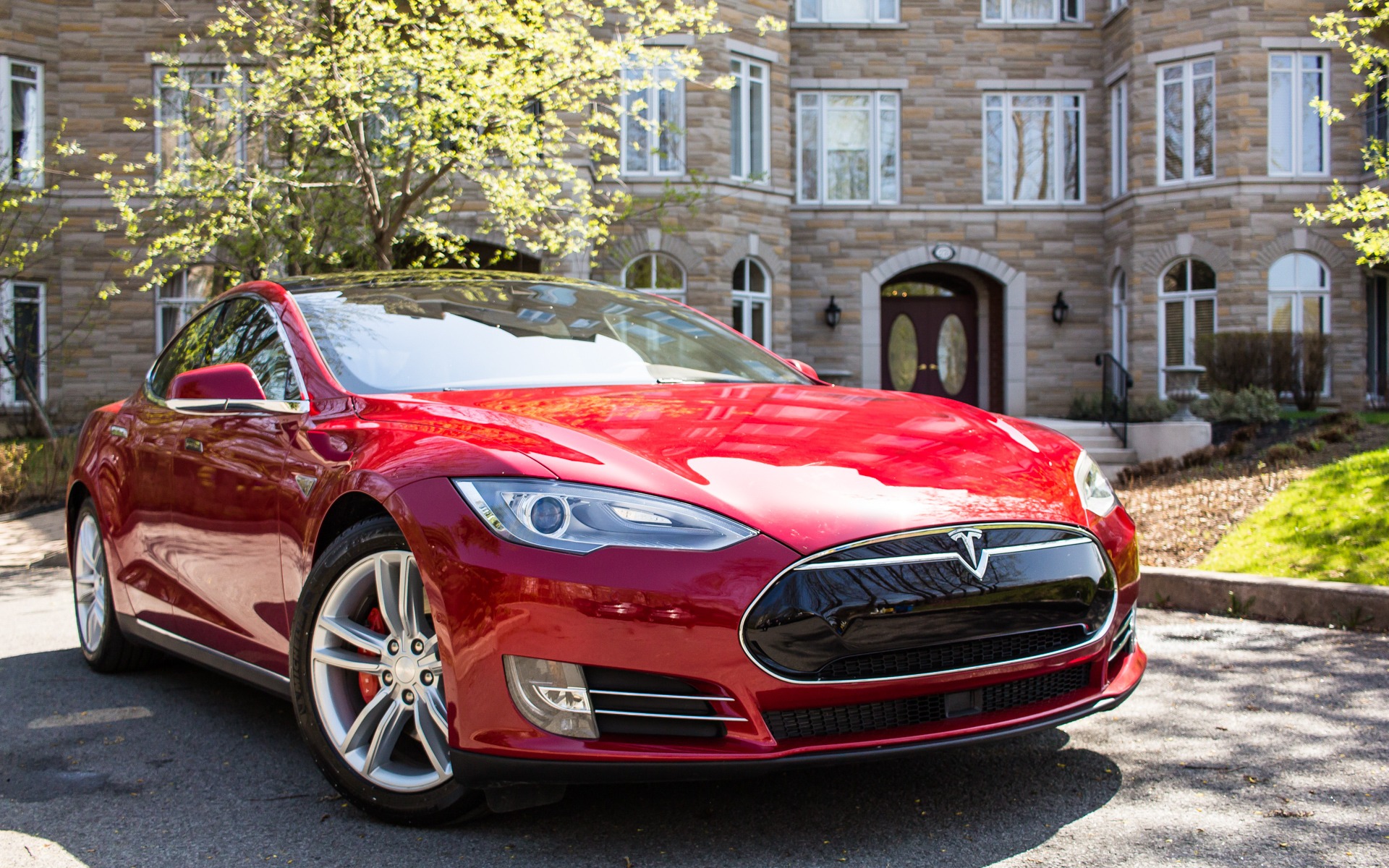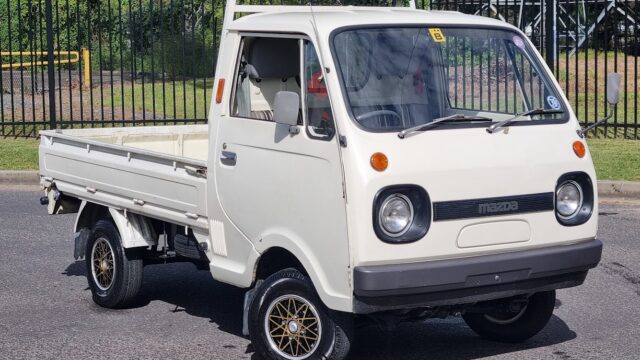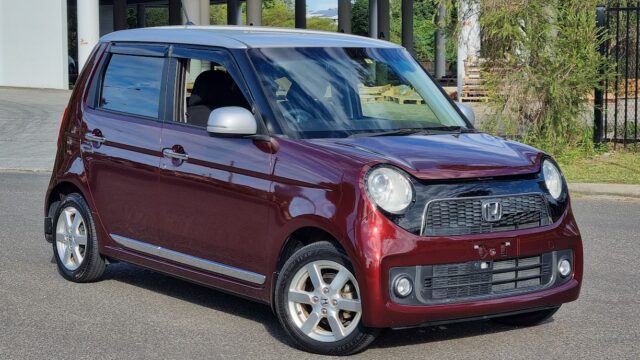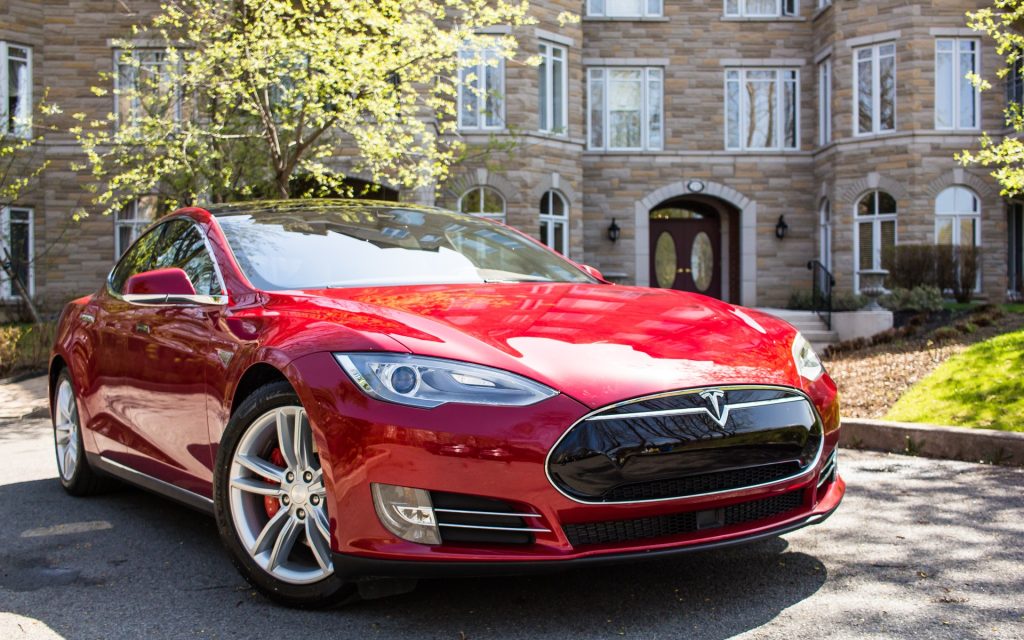
While Teslas may be fairly commonplace on Australian roads these days, back in 2014 the Tesla Model S was a crazy American electric car that was yet to be built in right-hand drive, and therefore hadn’t reached our shores. It was the era when you could add the letter ‘i’ to the start of any word and it would seem futuristic and technologically advanced. Remember iSnack 2.0? If you don’t, be thankful.
In that same year, some tech companies got together to hold a fairly large exhibition in Sydney, where punters could come and learn about new tech, like the latest smartphones, and the latest apps and things. Probably Google Glasses, or similar. So I received a call from the very enthusiastic promo team at a large radio network, wanting to pick my brains about an idea they’d had: to purchase a Tesla Model S from the US, bring it to Australia, use it for their display, then export it somewhere else to sell off and hopefully turn a profit. I have no idea why a radio station would want to sell its tech-savvy credentials, but here we were. It was the kind of job that normally starts with, “Hey, we mentioned this idea to someone else, and they forwarded us on to you.” As an idea, it wasn’t impossible, and I started thinking about ways I could do it cost effectively. As you’ll soon discover, I needn’t have bothered.
There was one small point they failed to mention at the start: the event was only eight weeks away. Transit times for shipping vehicles on a boat from the US normally meant allowing about six weeks to comfortably ship the car, clear Customs, Quarantine and all the other red tape necessary for it to enter the country. Absolute minimum shipping time (which required all the planets aligning) was four weeks. I therefore had to find a Tesla Model S for sale in the US as cheaply as possible, purchase it, and get it on a boat from LA inside two weeks, whilst also working out how to get the necessary approvals to get it into Australia.
Amazingly, about a week after I’d begun scouring US sites for a suitable vehicle, the ideal car popped up on eBay: a one-year-old, salvage title Model S that had been subsequently repaired, and was selling for USD45,000 at a time when the going rate for a nice one was around USD70,000. What’s more, the dealer selling it was in LA, a short distance from the shipping depot. A few days later, the deal was done, the radio station paid the money across, and we began trying to work out how we were going to get it into the country.
The easiest option was going to be getting a carnet. For those unfamiliar with what this is, a carnet is effectively a passport for a car, allowing it to move through most countries in the world without having to change numberplates or go through messy registration processes. If you’ve ever seen vehicles cruising on Australian streets running international plates, chances are their owner has brought the car over on a carnet to drive around for a while. The important thing to remember about a carnet is that it is temporary, and evidence must be shown that the car has been re-exported inside twelve months of the carnet being issued. The big advantage of a carnet is that taxes would not need to be paid on arrival to Australia, saving the radio station a fairly hefty sum of money.
The problem with this option was that the carnet had to be issued before the car left the country, and dealing with US time zones meant either waiting a day for every email to be returned, or me staying up past midnight to get quicker responses. After burning another four or five days, it was eventually concluded that, because the new owner was a company rather than a private citizen, a carnet could not be issued, because Australia was not a signatory to a treaty from back in 1953 or thereabouts. And so as we hit the first six-week shipping deadline, the decision was then made to apply for a vehicle import approval as an exhibition vehicle. Theoretically, we could put the car on a boat and hope that I was successful in getting an import approval while it was in transit, but I had visions of the car getting stuck on the wharf here in Australia without the import approval, missing the event, and world war three breaking out over who was liable for the losses on a futile shipment. To make matters worse, the US dealer that sold the car was fairly shifty, and was having difficulties getting the Certificate of Title, which was needed before the car could leave the country.
At a time when getting an import approval was normally a four-week process, I would therefore have to reel in every favour at the Department of Infrastructure to ensure I could get this car on a boat and sailing to Australia in half that time. An application for an exhibition vehicle is fairly unusual, and therefore has to be manually approved by the Administrator of Vehicle Standards. Exhibition vehicles are normally destined for display in museums and the like, and the import approvals often require cars to leave the country once the display is finished. Getting an import approval for a tech fair (rather than a museum) required a lot of additional paperwork from the event organisers, and sensing the hard deadline for shipping fast approaching, I warned the radio network that we may have to look at air freight if we were going to still make things work.
Sea becomes air
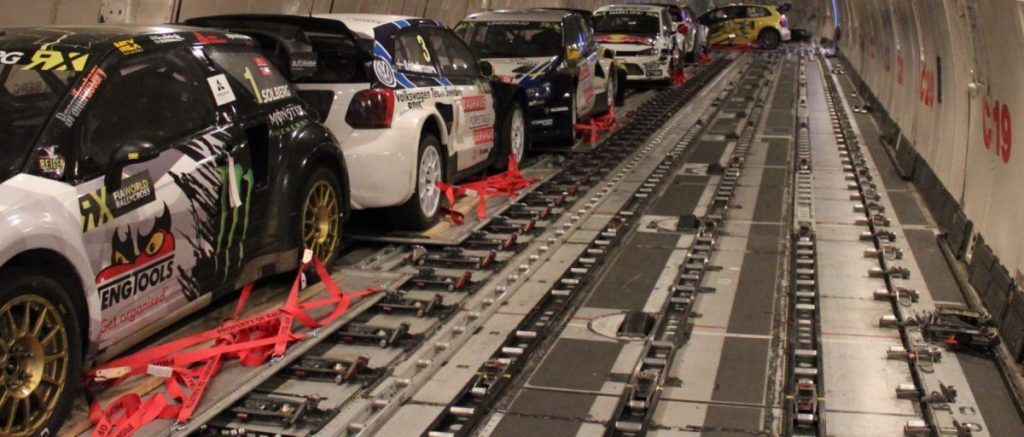
Amazingly, the prospect of shipping jumping from $4,000 to more than $30,000 (and that’s Freedom Dollars, not Aussie pesos) was met with nothing more than a resigned shrug of the shoulders, and an authorisation to continue, despite me offering, at this point, to abandon the project and cut our losses. Secretly I was hoping they would take the latter option.
Making matters worse was the US dealer had still not managed to secure the Certificate of Title, which would mean further delays, with no idea of when things would be resolved at that end. Booking a spot on a cargo plane and not having the car board would be a very expensive non-exercise. The icing on the cake? My contact in the US, sensing the gravity of the situation, drove to the dealer to collect the car himself, only to find that it had been sold to us without a charging cable! Cue further furious emails, and then paying someone to sit at a random slow charging station in Compton for 4 hours to bring the car up to full charge for the journey.
A stroke of luck
With a few days left before the vehicle was due to board a plane, local automotive media outlets began reporting that half-a-dozen or so Tesla Model Ss had just touched down in Australia to begin testing and evaluation ahead of their launch here. As fate would have it, I was only one step removed from a newly-hired exec at Tesla Australia, so I jumped on the phone. The pitch was pretty simple: use one of Tesla’s test and evaluation vehicles for this tech fair for 5 days, and literally pay them $1,000/day for the privilege. For Tesla Australia, it was a great way to introduce their product to their core market demographic at the time, and they jumped at the chance.
Feeling rather proud of my problem solving skills, I circled back to the radio station and informed them that not only had I found a far easier solution, I’d also managed to save them around $40,000 in shipping expenses for the other vehicle still sitting in LA. All I needed was their go ahead and all I would have to worry about was selling the LA car back to the dealer.
Their response? “Oh that’s great! Yes we’ll use the one that Tesla Australia already has here for this event…but still bring the other car over from the US too, just in case we need a back up.” Given they hadn’t sniffed at the increased shipping costs, I really shouldn’t have been surprised that this option somehow seemed the most logical to everyone in the boardroom meeting except me (and, in my mind at least, the rest of humanity).
As occasionally occurs when shipping scenarios don’t really seem plausible (like a salvage-title Tesla Model S being put on a plane), US Customs then decided to take the vehicle for a “random examination” before allowing it on its way. Given the modern-day issues with battery fires during air travel, it’s pretty wild that we even managed to get this car on a plane in the first place. And despite all the dramas and delays, we still somehow managed to land the car at Sydney airport on the Saturday before the event, giving us 3 working days to get it cleared and transported…if actually required, of course.
So what would become of our Tesla museum piece? Would it spontaneously combust on the plane on the way over? Would it start talking to the driver in an Aussie accent as soon as we switched it on in Sydney? Would it end up being banned from import and becoming a really expensive artificial reef? Find out in part 2.
